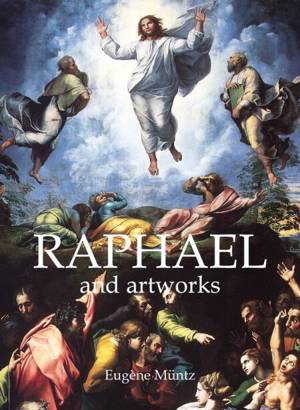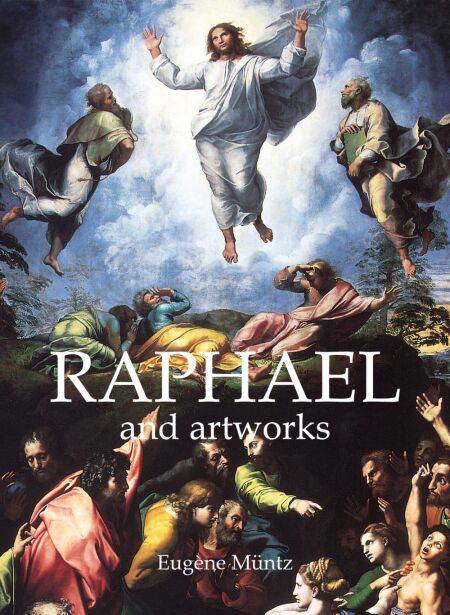
- Afhalen na 1 uur in een winkel met voorraad
- Gratis thuislevering in België vanaf € 30
- Ruim aanbod met 7 miljoen producten
- Afhalen na 1 uur in een winkel met voorraad
- Gratis thuislevering in België vanaf € 30
- Ruim aanbod met 7 miljoen producten
Zoeken
Omschrijving
Raphael was the artist who most closely resembled Pheidias. The Greeks said that the latter invented nothing; rather, he carried every kind of art invented by his forerunners to such a pitch of perfection that he achieved pure and perfect harmony. Those words, “pure and perfect harmony,” express, in fact, better than any others what Raphael brought to Italian art. From Perugino, he gathered all the weak grace and gentility of the Umbrian School, he acquired strength and certainty in Florence, and he created a style based on the fusion of Leonardo's and Michelangelo's lessons under the light of his own noble spirit. His compositions on the traditional theme of the Virgin and Child seemed intensely novel to his contemporaries, and only their time-honoured glory prevents us now from perceiving their originality. He has an even more magnificent claim in the composition and realisation of those frescos with which, from 1509, he adorned the Stanze and the Loggia at the Vatican. The sublime, which Michelangelo attained by his ardour and passion, Raphael attained by the sovereign balance of intelligence and sensibility. One of his masterpieces, The School of Athens, was created by genius: the multiple detail, the portrait heads, the suppleness of gesture, the ease of composition, the life circulating everywhere within the light are his most admirable and identifiable traits.
Specificaties
Betrokkenen
- Auteur(s):
- Uitgeverij:
Inhoud
- Aantal bladzijden:
- 256
- Taal:
- Engels
- Reeks:
Eigenschappen
- Productcode (EAN):
- 9781781609729
- Verschijningsdatum:
- 14/11/2023
- Uitvoering:
- E-book
- Beveiligd met:
- Digital watermarking
- Formaat:
- ePub

Alleen bij Standaard Boekhandel
+ 13 punten op je klantenkaart van Standaard Boekhandel
Beoordelingen
We publiceren alleen reviews die voldoen aan de voorwaarden voor reviews. Bekijk onze voorwaarden voor reviews.











